I tried Pilates toe taps every day for a week after my instructor recommended it - and I'm blown away
One of the OG Pilates moves.
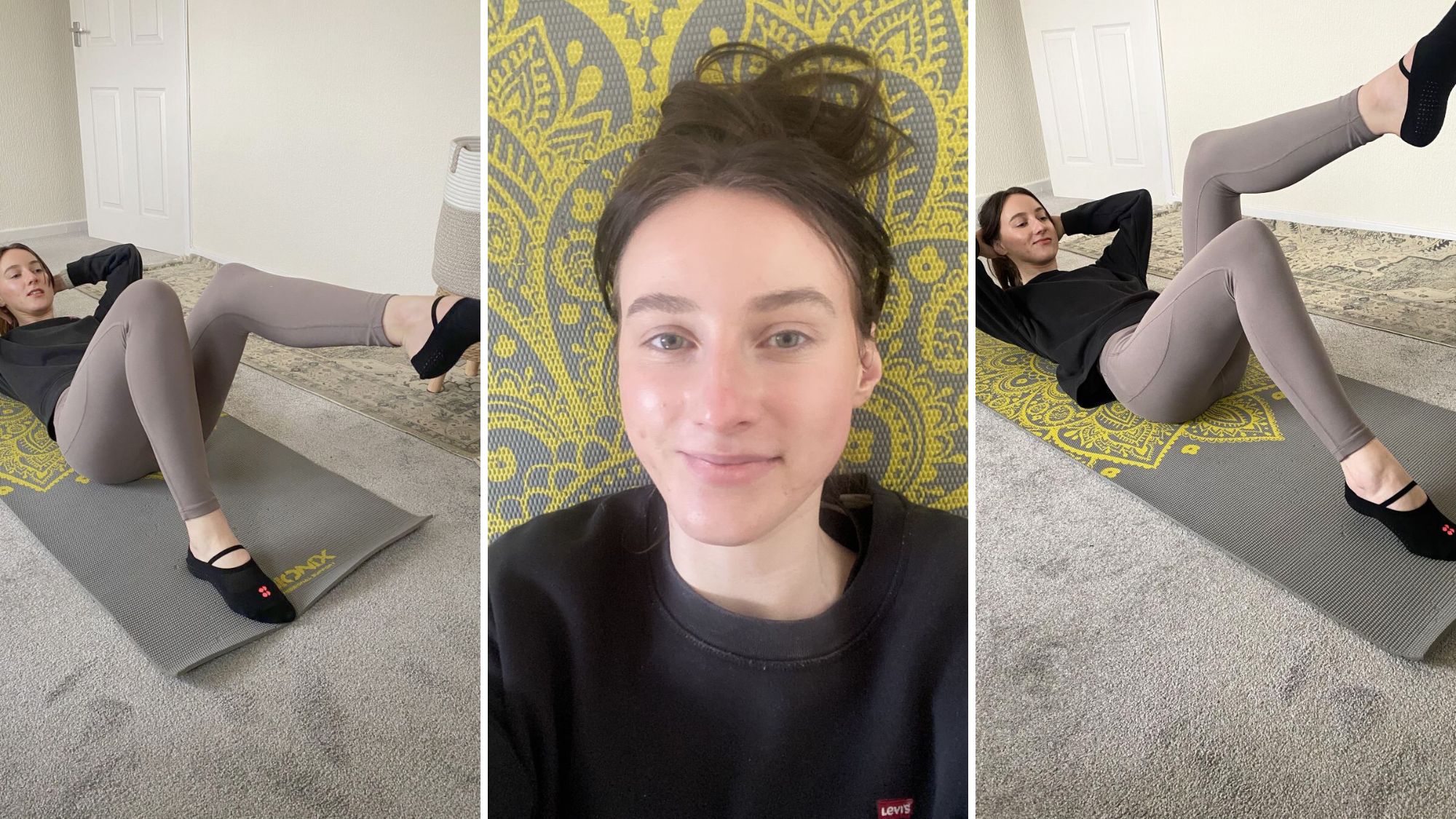

Pilates was the workout of 2024, and we're not expecting it to go anywhere this year. With more and more variations cropping up for us to try (from wall Pilates, to Reformer, to HIIT Pilates and more), I think there's something to be said for bringing it back to basics and focusing on individual Pilates exercises. Don't get me wrong, I love trying a new Pilates workout, but by committing to practising individual exercises, we set ourselves up for better form and stronger foundations down the line.
Take the humble Pilates toe taps, for example. They're a beginner-friendly move that research shows strengthen our core, support our spine, and improve our pelvic stability. So good for us, in fact, that my Pilates instructor told me to practise toe taps daily at home in between classes, to keep my core engaged and abdominal muscles working. She promised I'd reap the benefits by feeling stronger and more stable during class.
And she's not alone in her advocation of Pilates toe taps, as I discovered when speaking to Pilates instructor Kayleigh Gilbert. "They're brilliant for strengthening your core and boosting coordination because they target the deep abdominal muscles," she tells MC UK. "Plus, the controlled movement of alternating your legs requires focus and balance, making them fantastic for enhancing that all-important mind-body connection."
So, with January in full swing, what better time to heed the experts' advice and practise Pilates toe taps every day? Like most people, I like to look for ways to refresh (but not redefine) my fitness regime at this time of year, so I decided to commit to doing Pilates toe taps every day for a week. Do I think they're worth doing at home or at the gym? You'll have to read on to find out. And while you're here, make sure you catch the rest of our Pilates content; we cover everything from the benefits of Pilates to how often you should do Pilates, to deep dives on workouts like resistance band Pilates, and individual moves like Pilates leg circles. Newer to the practice and keen to start? Scroll our guides to the best 10-minute Pilates workouts and the best free Pilates workouts, here, not to mention a detailed explainer on how often you should do Pilates, according to top pros. Plus, for other first-person reviews, read how MC UK Health Writers found trying Pilates leg circles every day, Pilates clams every day, and Pilates roll-ups every day, too.
Pilates toe taps are all the rage right now - so I gave them a go every day for a week
What are Pilates toe taps?
If you're just getting started with Pilates, you're probably wondering what toe taps are. Well, the good news is that toe taps are a pretty good introductory move to Pilates as they can be practised by most levels and abilities.
"A beginner-friendly yet effective core-strengthening move, Pilates toe taps target the deep abdominal muscles," Gilbert explains. "They’re low-impact, making them perfect for all fitness levels, and are simple to do at home."
In essence, toe taps are a move performed lying flat on your back, with your legs raised in a tabletop position, from which you lower alternating legs, tapping your toes to the ground. Sounds pretty simple, right?
Marie Claire Newsletter
Celebrity news, beauty, fashion advice, and fascinating features, delivered straight to your inbox!
Well, as Kayleigh says, toe taps are beginner-friendly yet effective. This means that we can get some hard-working benefits from practising this move without copious amounts of effort (which, quite frankly, is music to my ears).
@pilatelise ♬ Originalton - user1357924681083
What are the benefits of Pilates toe taps?
So, if Pilates toe taps are so simple, what is it that makes them so good for us at the same time? Well, the experts have laid out four key benefits they can unlock.
1. They're a core-strengthening exercise
Strengthening the core is central to Pilates practice - Joseph Pilates literally called the core the "powerhouse" of the body, after all, so you can expect to see core engagement in a lot of Pilates moves. As it turns out, the toe taps are no exception. By repeating the simple tapping motion with the knees stacked above the hips, we can build deep abdominal strength, as Korin Nolan, a leading Pilates expert and trainer, explains.
"The benefits of a stronger core are the foundations of a strong body and a healthy spine," Nolan tells us. "Not only will a stronger core give you better posture, but it will also help prevent injury, allow you to move more freely and perform other sports and activities to your best ability."
2. They support a neutral (and healthy) spine
Because they're a core-strengthening exercise, Pilates toe taps are also great for supporting a neutral spine. Not sure what that actually means? Well, a neutral spine just means that all three parts of the spine (upper, mid and lower) are in alignment with each other. It’s the most comfortable, stable position for the spine to be in, and studies have shown that maintaining a neutral spine during exercise is important for reducing stress on the spine and preventing injury.
"Practising toe taps daily allows your core muscles to play a vital role in supporting your spine and promoting better posture," Gilbert explains. "By strengthening these muscles, toe taps can help reduce lower back strain and improve overall spinal stability."
3. They improve pelvic stability
The move may be called toe taps, but all the hard work is done from the hips upwards. During the move, the pelvic floor is engaged, which means we can improve our pelvic stability by practising the move over time. Research has shown that a stronger pelvic floor can have a myriad of benefits, such as improvements in posture, hip strength and gait speed (which is the time it takes to walk a short distance, FYI).
"Pilates toe taps is an exercise of hip disassociation, and so you're challenging the body to maintain a stable pelvis as you move your legs one by one," Anna Mounsey Jennings, founder of Avalon Pilates, explains to MC. "Building up a strong pelvis can help with many problems, including lower back pain."
4. They can help activate the parasympathetic nervous system
If you've practised Pilates before, you'll know there's a big emphasis on aligning movement with our breath. Toe taps are definitely reflective of this. They're best performed if we exhale when lowering a leg and inhale when lifting. It's also encouraged to breathe lower down, from our diaphragm rather than our chest, during the move.
"Breathing from the diaphragm rather than the chest helps to connect to the parasympathetic nervous system, rather than the sympathetic (fight or flight) nervous system," Jennings says. And seeing as activating the parasympathetic nervous system can help us feel more relaxed, I'm now feeling even more inclined to start practising Pilates toe taps every day so I can experience the mental, as well as the physical, health benefits.
@iivanadevic ♬ original sound - vibey music 🎶 🕺 🪩
How to perform a toe tap with good form
While Pilates toe taps are wonderfully simple, it's still really important to practise them with good form. Doing the move correctly is the key to experiencing the benefits (as is the case with any Pilates move, FYI).
Before I got started with my week of doing Pilates toe taps every day, I asked the pros to break down how to do them correctly.
- To begin, lie on your back with your knees bent, feet flat, and arms by your sides (palms down).
- Next, engage your core by drawing your belly button towards your spine. Keep your lower back lightly pressed into the floor.
- Lift both legs so your knees stack over your hips, forming a 90-degree angle. Shins should be parallel to the floor.
- Slowly lower one foot, tapping your toe to the floor, and return to the starting position. Then, alternate your legs.
Pilates teacher Gilbert emphasises the importance of keeping the move slow, controlled and steady. "This is how you'll keep the right muscles engaged," she explains.
When first trying this move, Gilbert recommends doing one set of eight to ten reps per leg to allow your body to get used to the movement and build a foundation of strength without overloading your muscles. "This practical starting point keeps the workout simple and manageable while still giving your muscles the stimulus they need to adapt," she says. "As you become stronger and more confident, you can add progressions to increase the challenge."
I tried Pilates toe taps every day for a week - here are my thoughts
Days one to three
Now that I'm fully aware of why Pilates toe taps are such a good move to try, I'm ready to start my week-long challenge of doing them every day. It's fair to say that at this point I'm eager to get stuck in and focus my efforts on practising the move. While I have done toe taps before as part of Pilates classes at the gym, I've never committed to doing them as a stand-alone exercise, let alone doing them every day.
Day one, I decided to slot the practice into my afternoon when taking a break from work. I'll admit that I'm not wearing gym gear at this point - just my usual comfy working-from-home attire - but I don't feel any restriction in my movements as I get down on my yoga mat to practise. It turns out that how easy it is to slot Pilates toe taps into everyday life will become one of my favourite things about the move.
Following the advice about how to do the move correctly, I lie down flat on my back, knees bent and feet flat on the floor, with my spine in a neutral position. I engage my core by pulling my belly button towards the mat before lifting my left leg to the tabletop position and following with the right.
And so, the toe-tapping begins. As I slowly lower the toes of one foot towards the mat, I immediately notice that my lower back starts to lift off the mat. Remembering that I'm supposed to keep my spine neutral and core engaged, I refocus on pulling my pelvic floor towards the mat and resume the move.
I start off with one set of ten reps per leg, as per Gilbert's recommendation, and I bump this up to twelve reps on days two and three. I'm still finding it tricky to keep my lower back on the mat when following the tapping motion, so I reach back out to the experts for advice.
"If you focus on imprinting your lower back into the mat, it's a lot easier to hold your abdominals in while you move," teacher Korin Nolan tells me. "Think of zipping up your pelvic floor muscles, like there's an internal zip from the pelvic floor to the naval. This should help imprint your lower back into the mat."
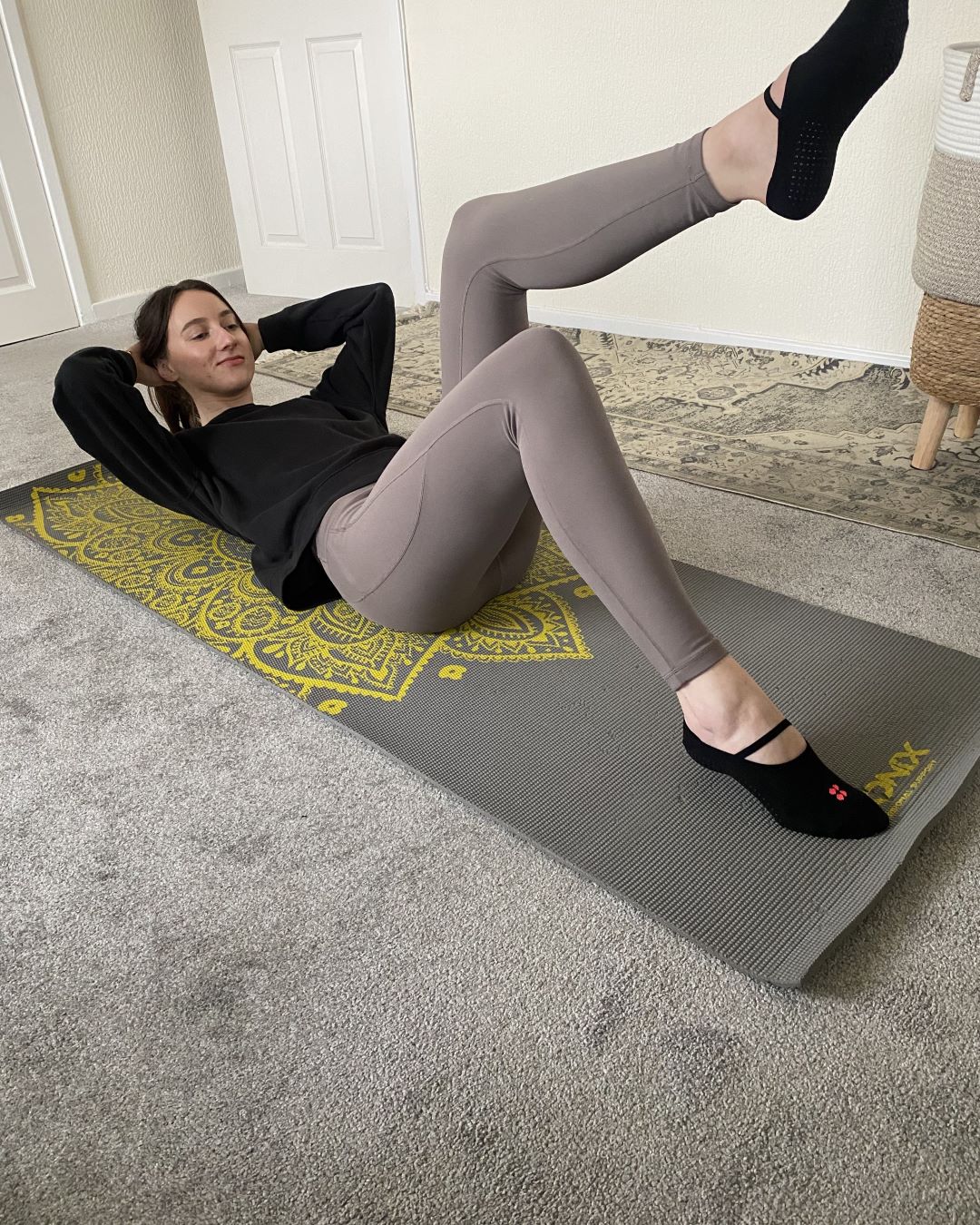
Health contributor Katie during her Pilates toe taps challenge
Days four to seven
With Nolan's advice ringing in my ears, I commit to the practice again on day four, this time picturing "zipping up" from my pelvic floor to my naval (essentially, I sucked in the lower half of my abdomen and push my pelvis into the floor). My lower back naturally presses into the mat, and I make a conscious effort to keep it there while doing the toe taps.
I'd say this is the point when I really start to notice the impact on my core. To challenge myself, I do two sets of eight reps, and by the end of the exercise, my lower abdomen feels like it's burning - in a not dissimilar way to how my glutes feel after a round of squats.
I'm also placing more emphasis on controlling my breathing at this point. Nolan points out the importance of "breathing consistently in and out, taking slow deep breaths in through the nose and out through the mouth, while tapping and lifting your toes." Committing to breathing through the practice in this way makes it feel quite meditative, and I definitely feel more grounded when I get up off the mat.
By day six, I felt like challenging myself further - I wanted to see how doing Pilates toe taps every day could progress after all - so I asked the instructors how I could make the move more advanced.
"You can add a challenge by lifting your head and shoulders slightly off the mat and placing your hands gently behind your head with elbows out to the side for support," Gilbert offers. "This increases core engagement and takes the move to the next level."
After putting the suggestion into action, I can confirm that this definitely takes the move up a notch. My core feels like a coiled spring at this point, and by focusing on my breathing and pressing my lower back into the mat, I really feel as though I'm unlocking all those glorious benefits the experts told me about earlier.
So, will I carry on doing Pilates toe taps? The simple answer is yes, yes I will. It's a low-effort move that really puts my core through its paces. I'm a fan.
Shop MC UK's Pilates essentials here:
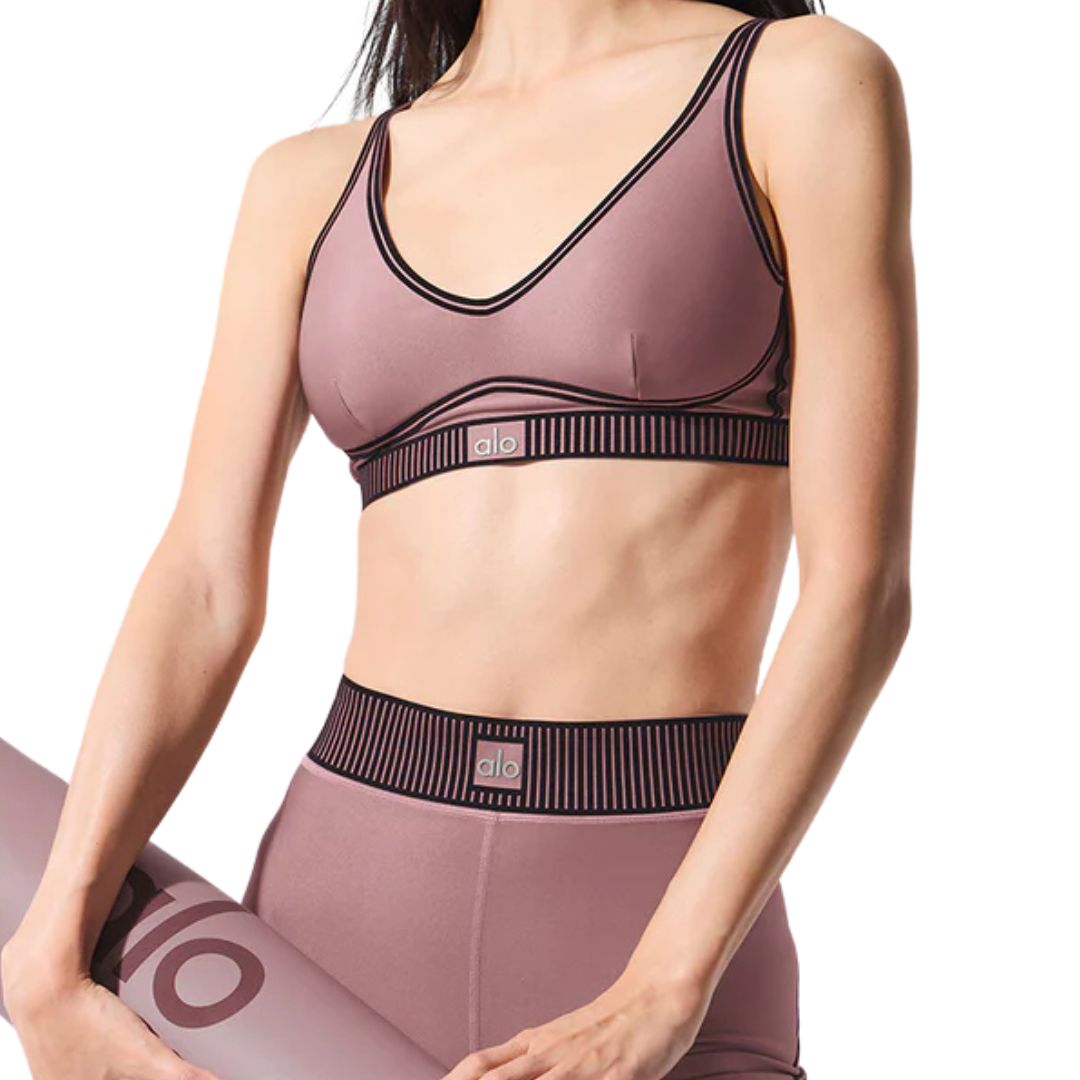
Elevate your Pilates workout with Alo Yoga's bestselling sports bra in their colourway of the month, Rose Quartz. The Airlife Line Up has medium-level support, making it ideal for yoga and Pilates. Complete with flocking details, removable cups, and adjustable straps.
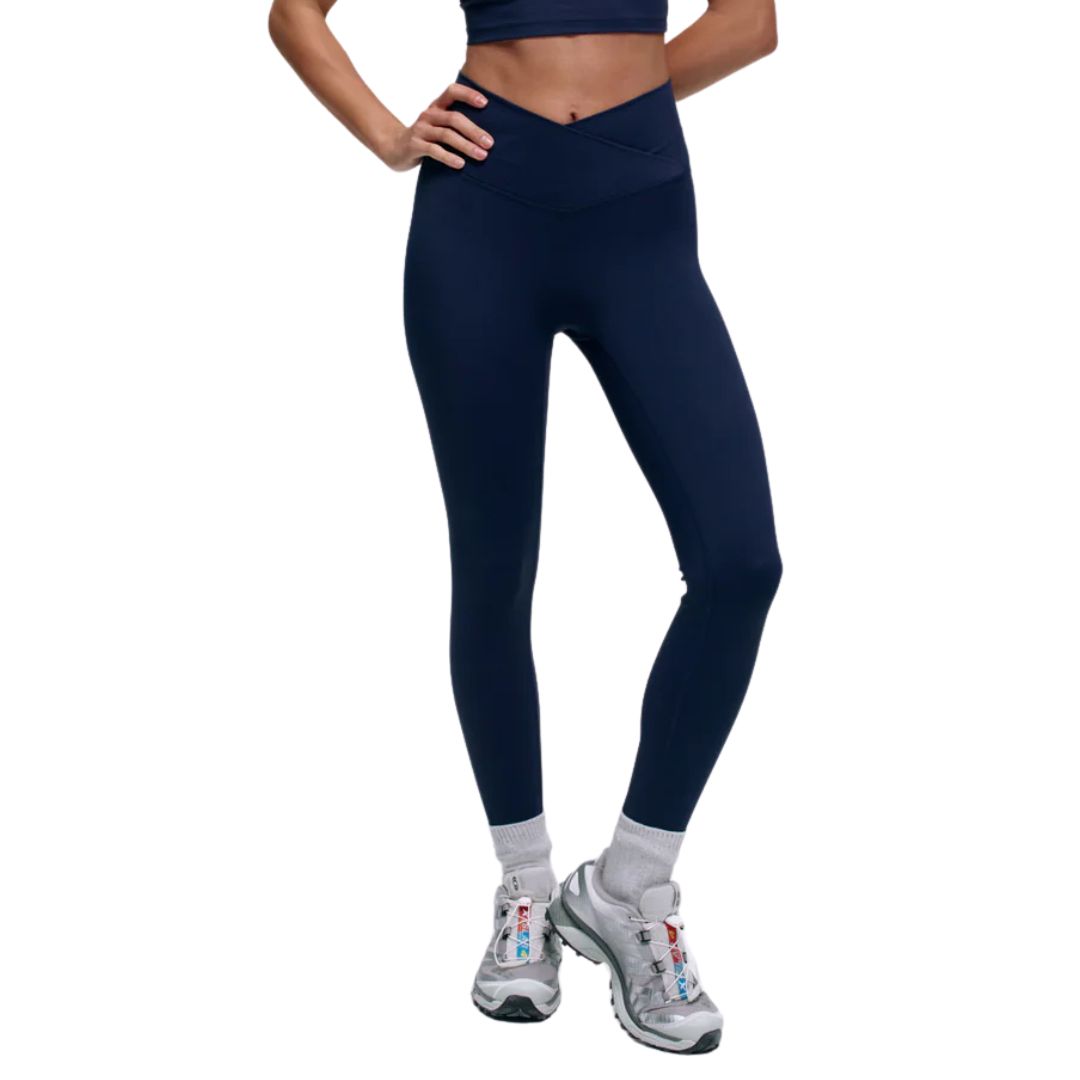
Adanola leggings are a firm favourite with MC's health editors, and for good reason. Slip into these and you'll never feel restricted in your movements again. Featuring a flattering 'V' waist design, there's an array of lovely colours to choose from.

Cosy, comforting and seriously chic, we love wearing this Alo crew neck to elevate any gym look or casual office outfit.
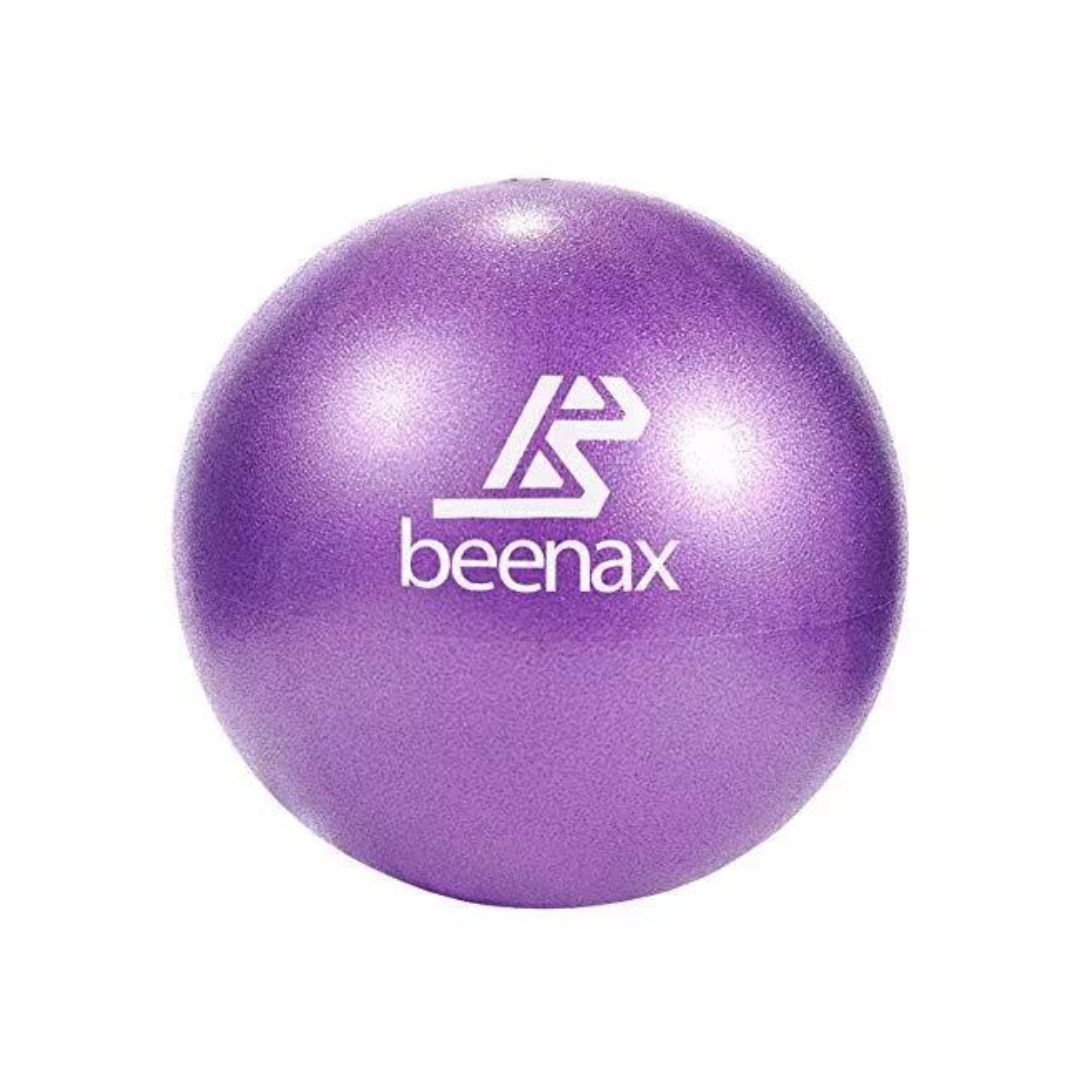
If you're considering giving Pilates toe taps a go from home, you can add a little tension and spice to the move with this affordable and easy to use Pilates ball. *Adds to basket*
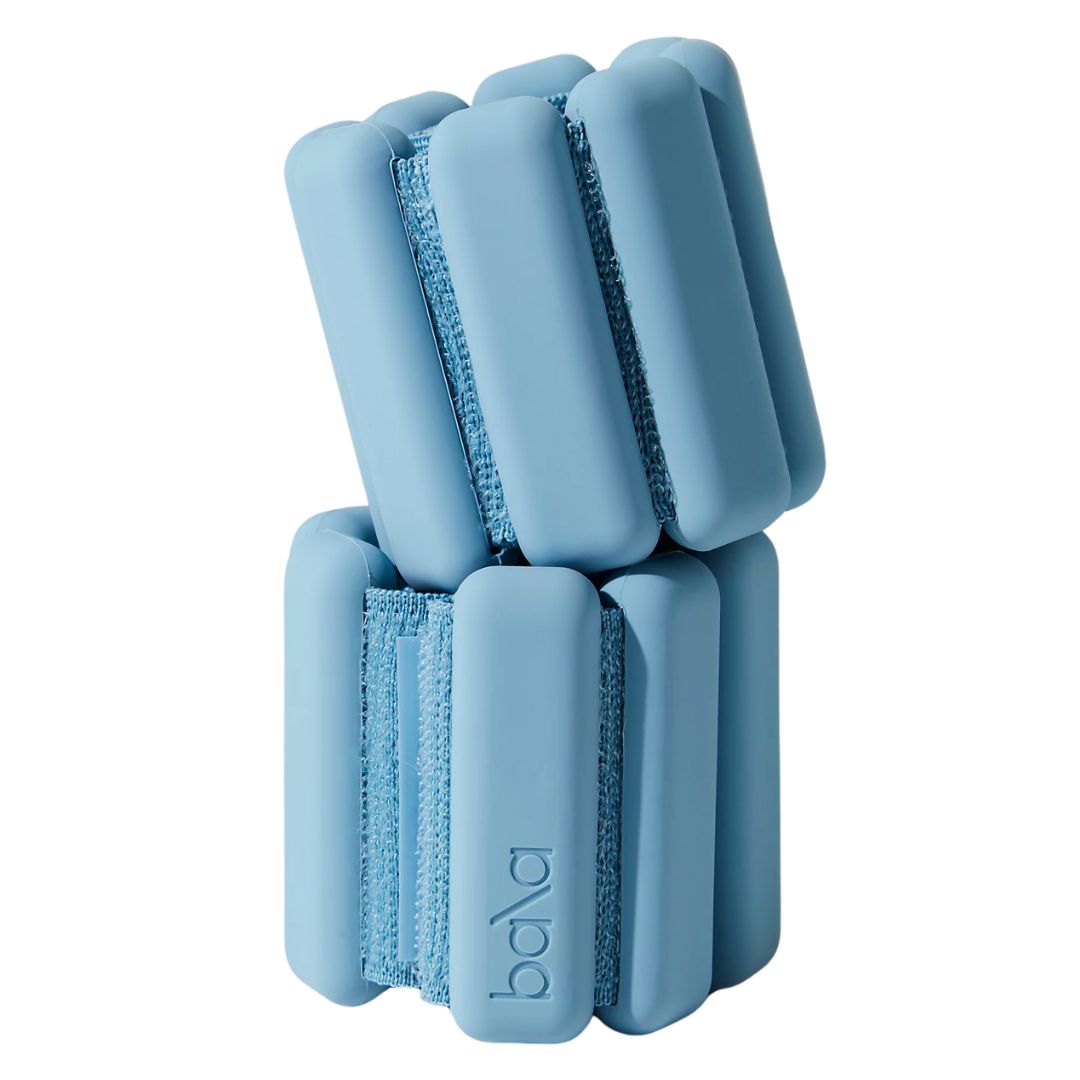
Another simple way to up the intensity of your Pilates toe taps? The viral BALA Bangles, approved by influencers, editors and celebrities alike. They're an investment, but promise to work your leg muscles in new ways.
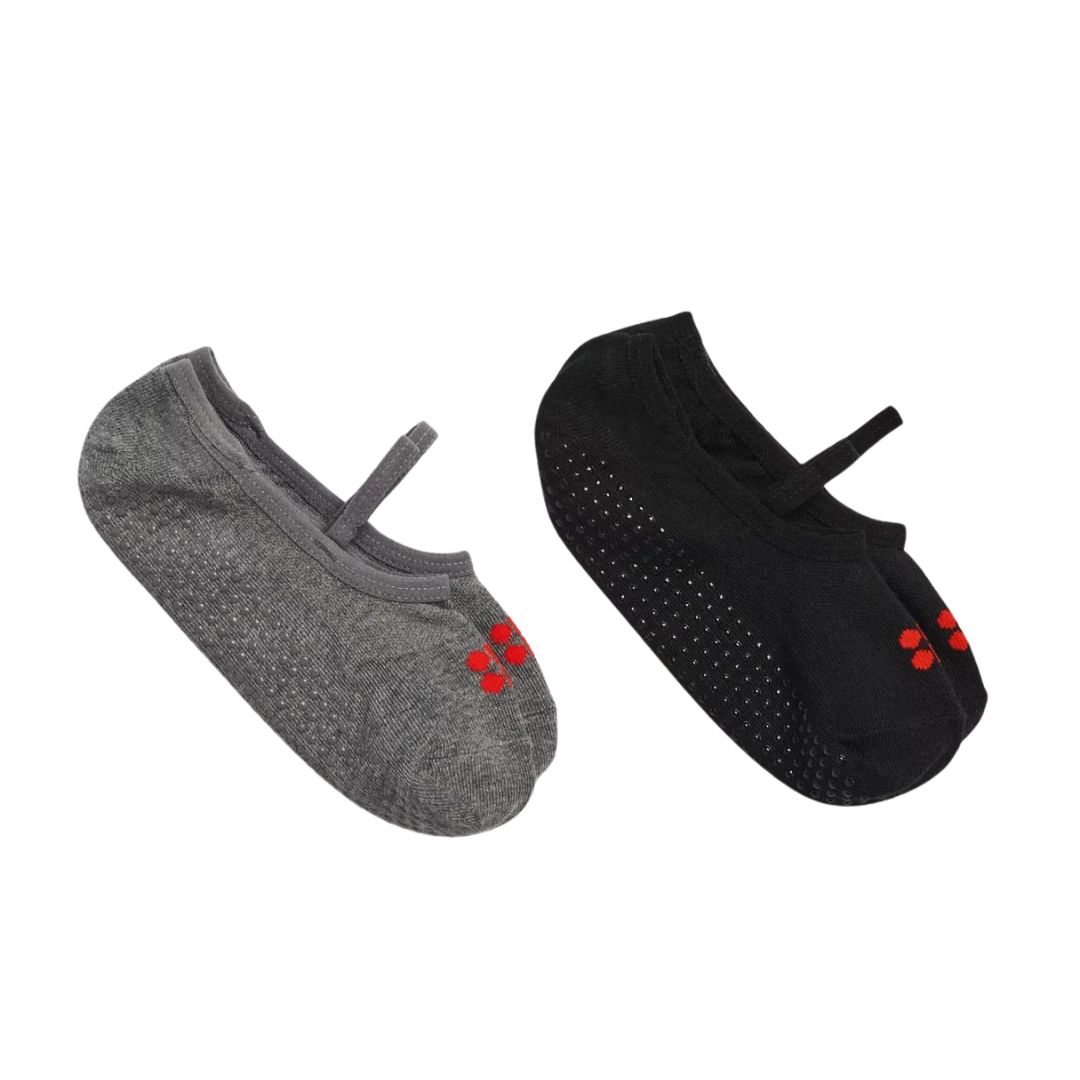
I recently treated myself to Sweaty Betty's Pilates socks, and I'm officially a convert. They have grippy soles, so no more sliding about barefoot on the mat, and a handy front strap that makes them stay put. I won't be going to another Pilates class without them.
How often should we be doing Pilates toe taps?
If you want to experience maximum benefits, you can practise Pilates toe taps every day, though it's important not to overdo the number of reps when doing this. For daily practice, start off with eight to ten reps, then gradually increase this over time.
That being said, you don't need to practise Pilates toe taps every day if you don't want to. "I recommend aiming to incorporate toe taps into Pilates workouts two to three times per week," Jennings from Avalon Pilates advises.

Katie Sims is a freelance journalist who writes about a variety of topics for publications including Woman&Home, Liz Earle Wellbeing, Who What Wear, and Ideal Home. She graduated with a Master's in Media and Journalism in 2021 and has been writing engaging digital content ever since. Her biggest passion is all things health and wellness, and she's tested fitness devices, workout methods, and nutritional advice to see what can help her (and others) feel good from the inside out. She's also a lover of beauty, particularly skincare. When she's not writing health and wellness content, she'll either be on a long walk, at a Pilates class, or tackling her long list of books to read.
-
 I'm the founder of an ethical brand marketplace - why, in the wake of tariff-gate, protecting independent businesses is more important than ever
I'm the founder of an ethical brand marketplace - why, in the wake of tariff-gate, protecting independent businesses is more important than everThis Earth Day, the founder of Wolf & Badger shares why protecting sustainable brands is so pivotal.
By Ally Head
-
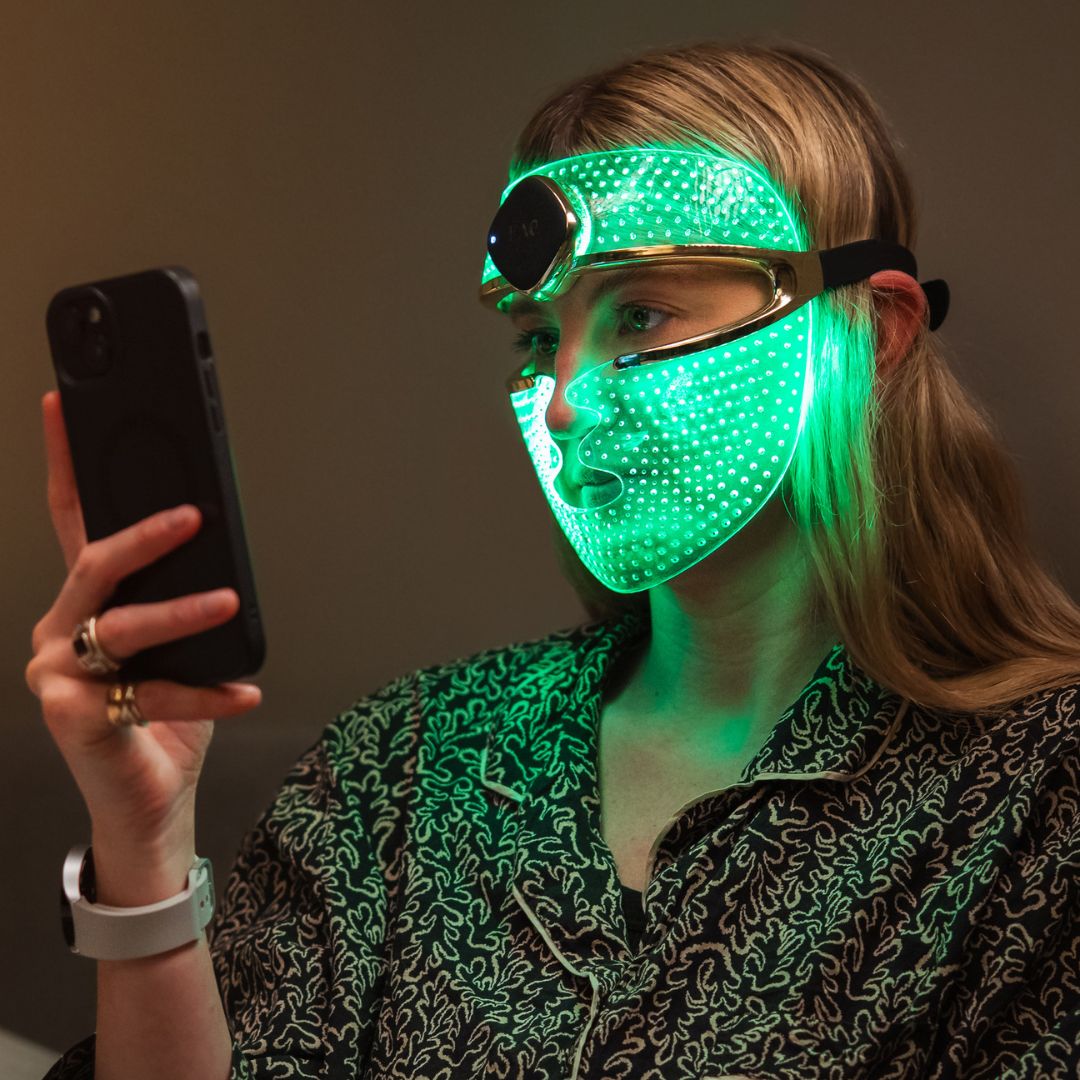 Three ways to enhance your skincare routine with technology
Three ways to enhance your skincare routine with technologyBy Jenny Proudfoot
-
 Margot Robbie's new necklace has the most emotional meaning
Margot Robbie's new necklace has the most emotional meaningSo sweet
By Iris Goldsztajn
-
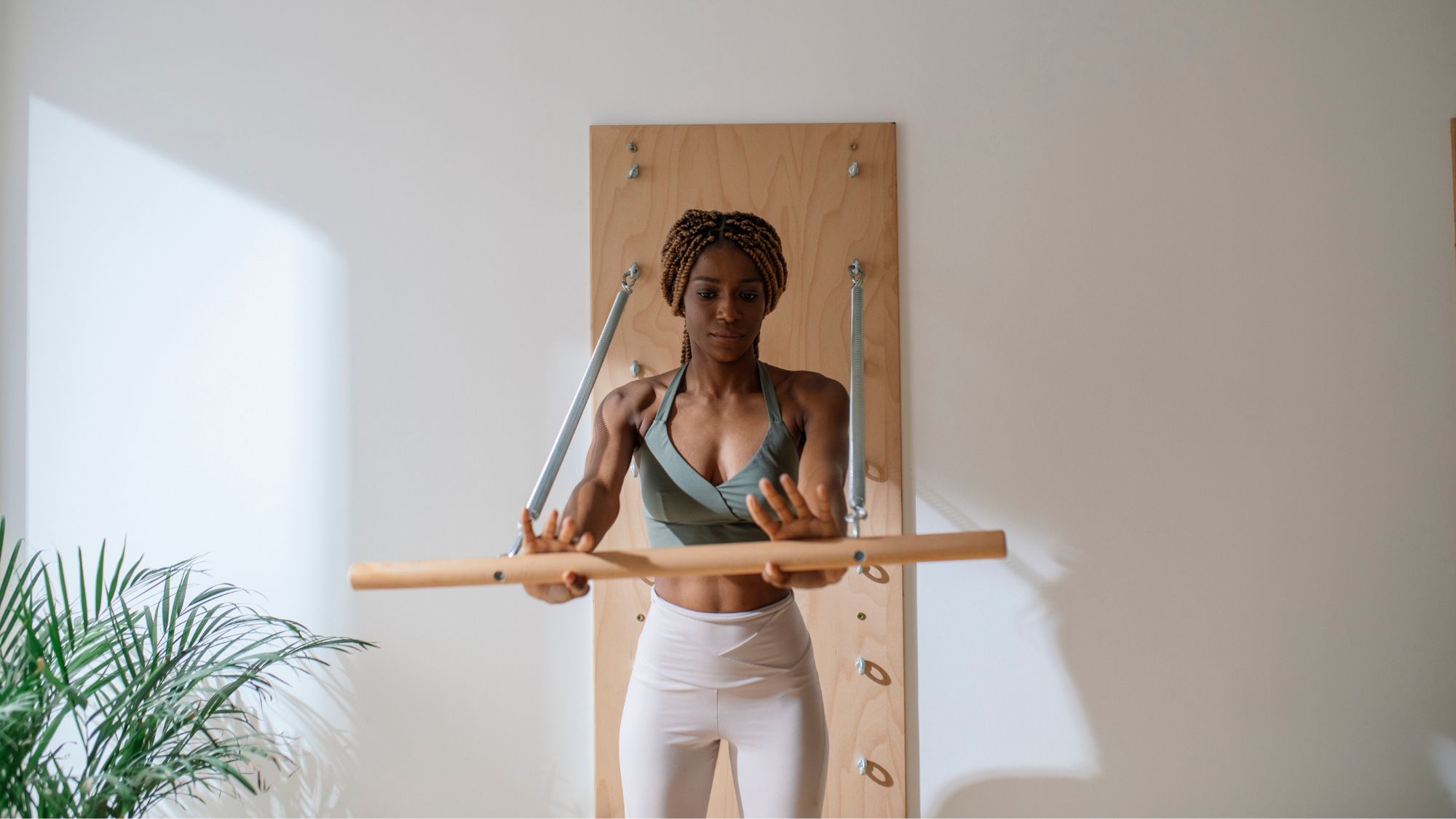 Stop what you're doing: these are, hands down, the best wall Pilates workouts for the core, according to top instructors
Stop what you're doing: these are, hands down, the best wall Pilates workouts for the core, according to top instructorsRigs at the ready.
By Katie Sims
-
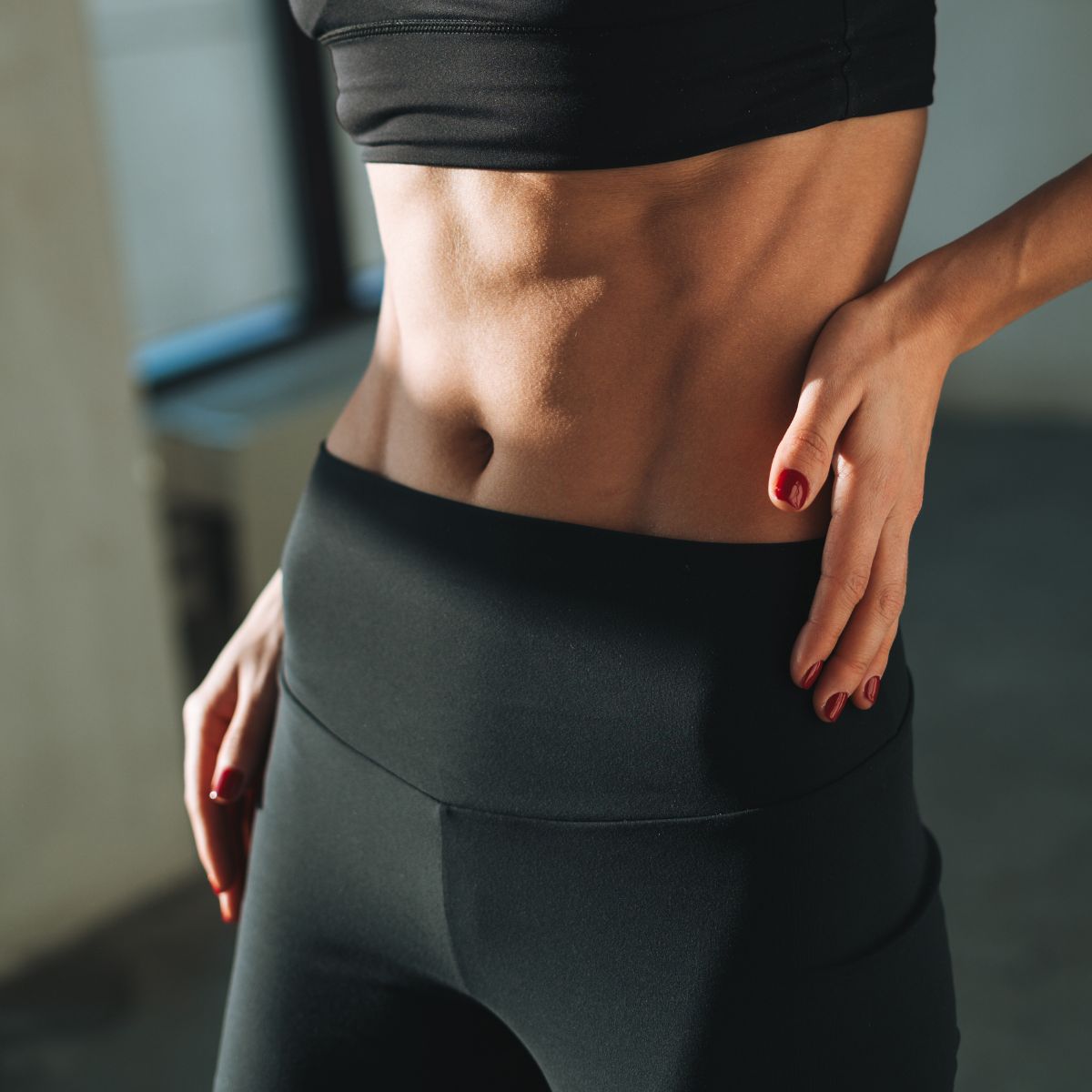 Modern Pilates is one of the most fun yet effective ways to strengthen and lengthen your body - 6 exercises to try
Modern Pilates is one of the most fun yet effective ways to strengthen and lengthen your body - 6 exercises to tryKeen to strengthen your entire body? This one's for you.
By Anna Bartter
-
 Short on time but keen to boost body and mind? Top experts share their go-to 10-minute yoga flows
Short on time but keen to boost body and mind? Top experts share their go-to 10-minute yoga flowsGuaranteed to make you feel grounded.
By Ashleigh Spiliopoulou
-
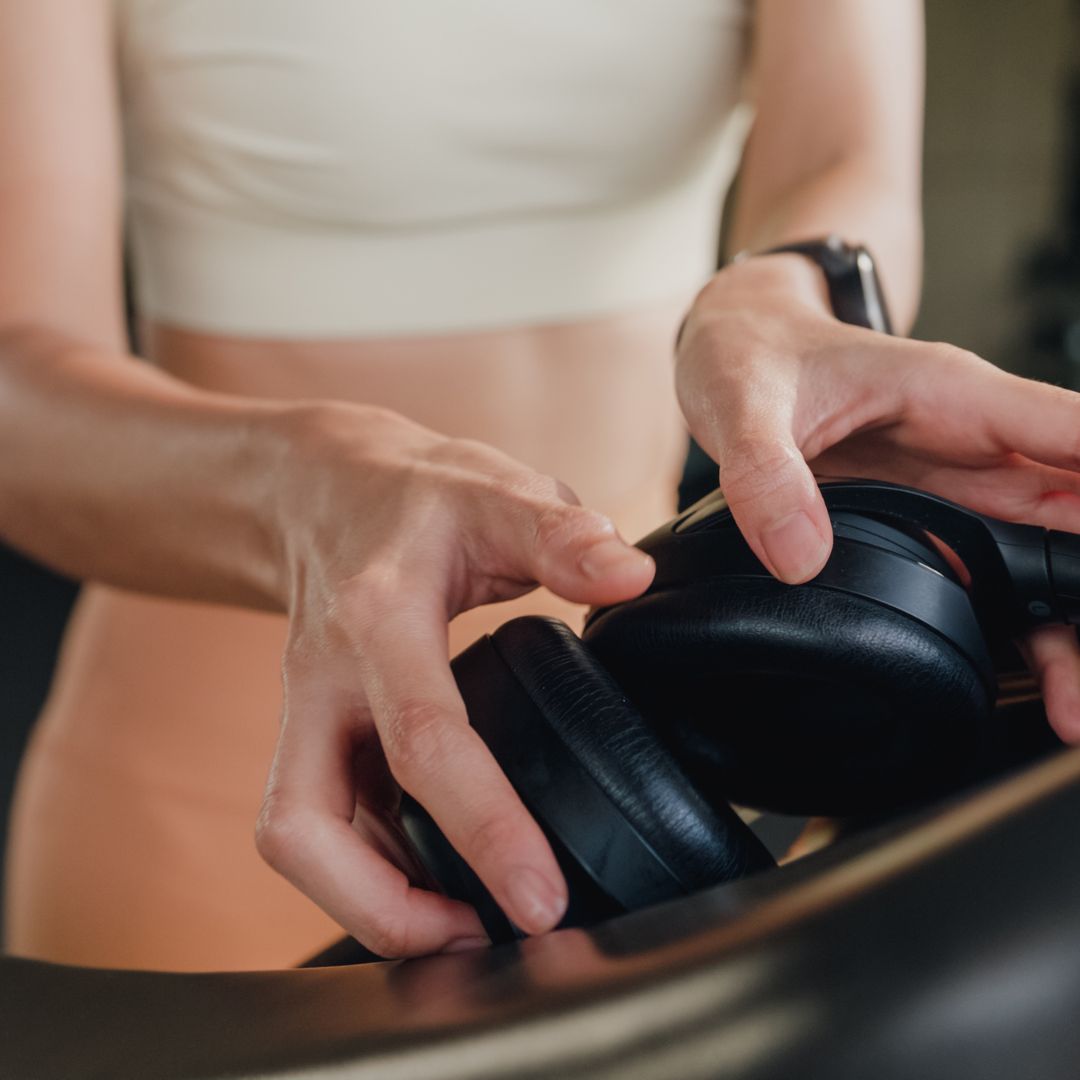 It's the must-have bit of fit kit of the year - a fitness expert shares their 5 top tips for choosing a walking pad
It's the must-have bit of fit kit of the year - a fitness expert shares their 5 top tips for choosing a walking padThis year's fitness must-buy.
By Katie Sims
-
 I tried Pilates roll-downs every day for a week - and was amazed at how quickly it eased years of stiffness
I tried Pilates roll-downs every day for a week - and was amazed at how quickly it eased years of stiffnessConsider my spine more mobile than before.
By Rebecca Shepherd
-
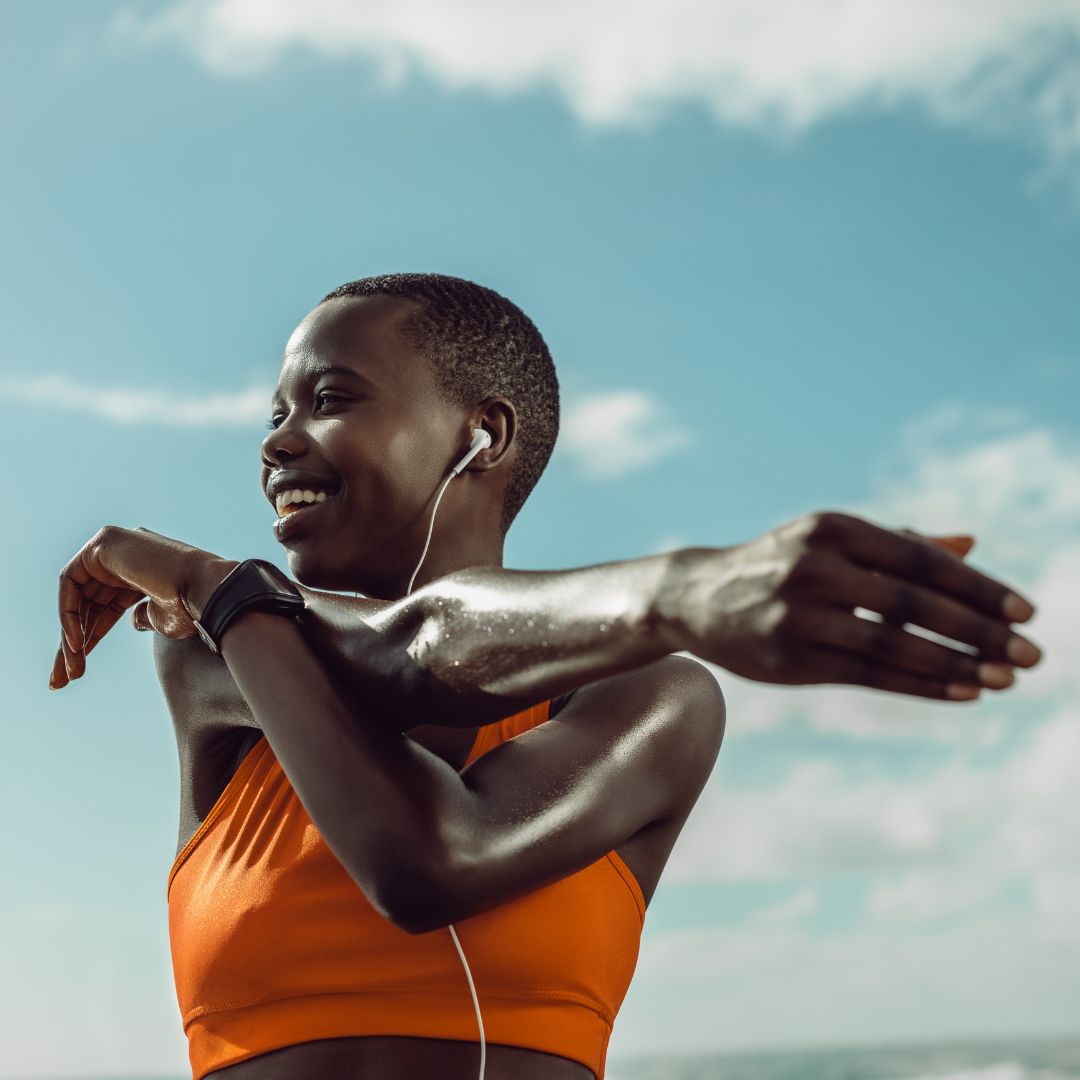 Spring has finally sprung - 6 best outdoor workouts that are totally free and boost both body and mind
Spring has finally sprung - 6 best outdoor workouts that are totally free and boost both body and mindSoak in the nature and boost Vitamin D *and* endorphins.
By Anna Bartter
-
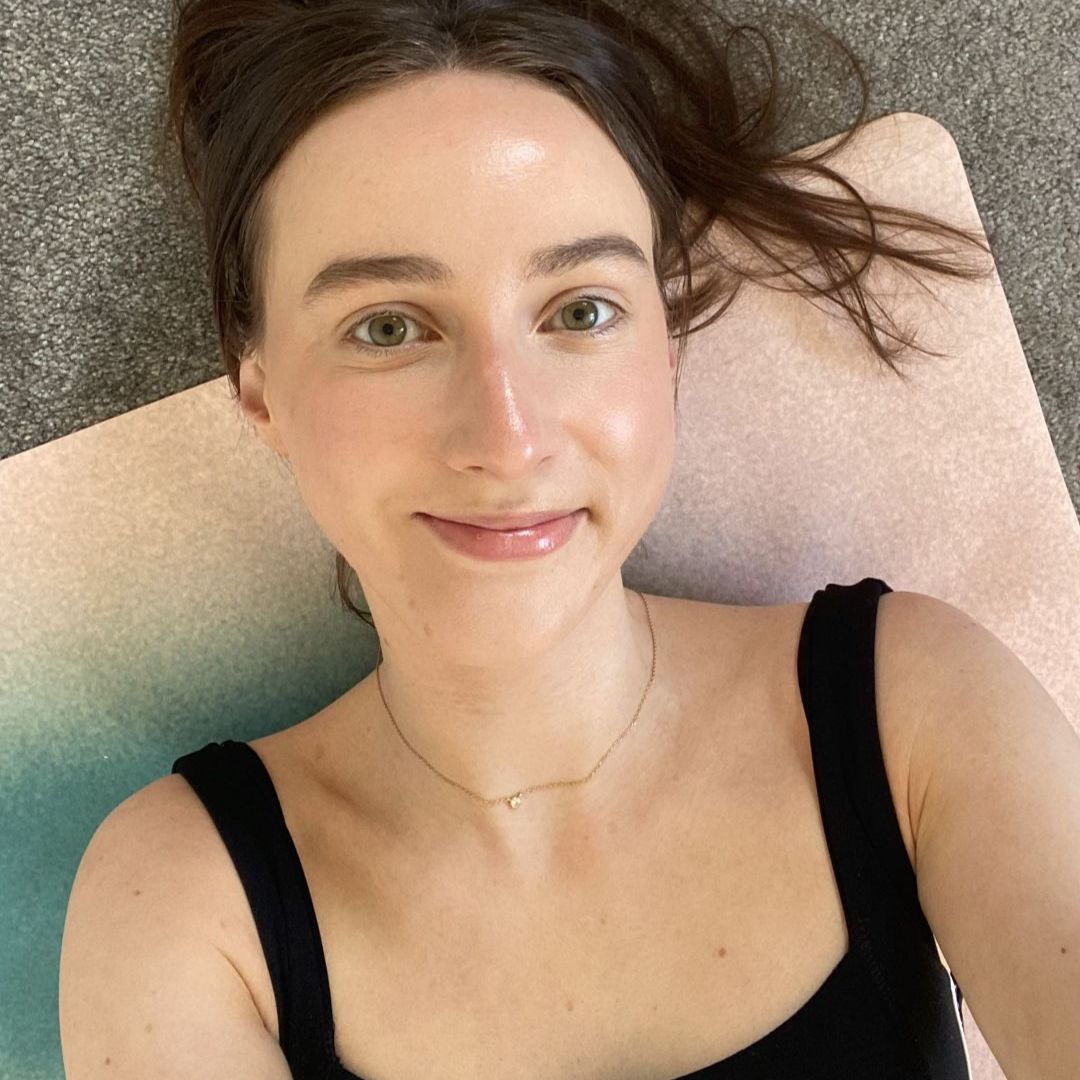 I tried Pilates scissors, the raved-about Pilates move - and think it's the best combination of stretching and strengthening ever
I tried Pilates scissors, the raved-about Pilates move - and think it's the best combination of stretching and strengthening everTrust me, this one's worth trying.
By Katie Sims
-
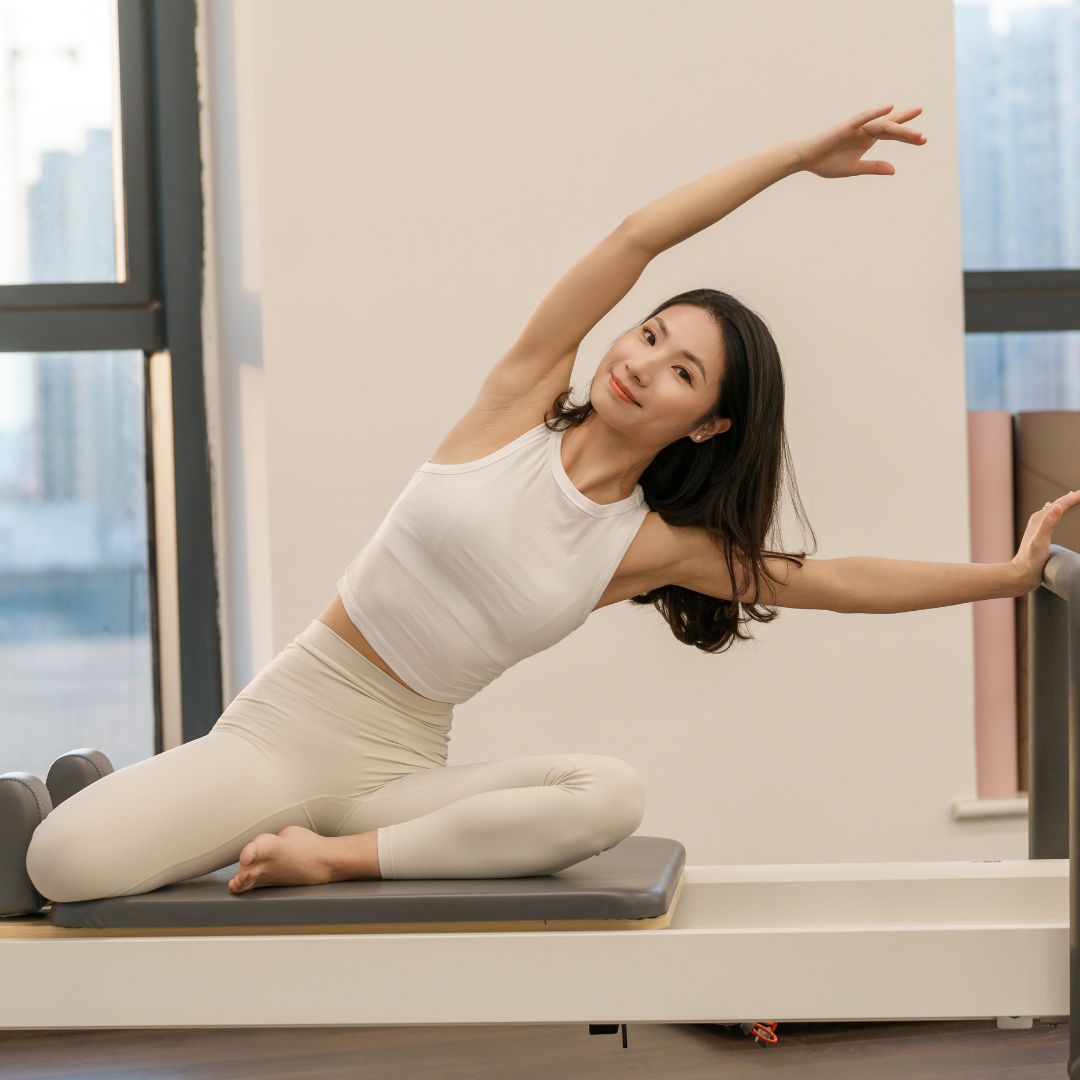 Eager to build a strong, stable core from home? 7 advanced Pilates core exercises that coaches do themselves
Eager to build a strong, stable core from home? 7 advanced Pilates core exercises that coaches do themselvesStability, strength *and* control? It's a yes from us.
By Anna Bartter
